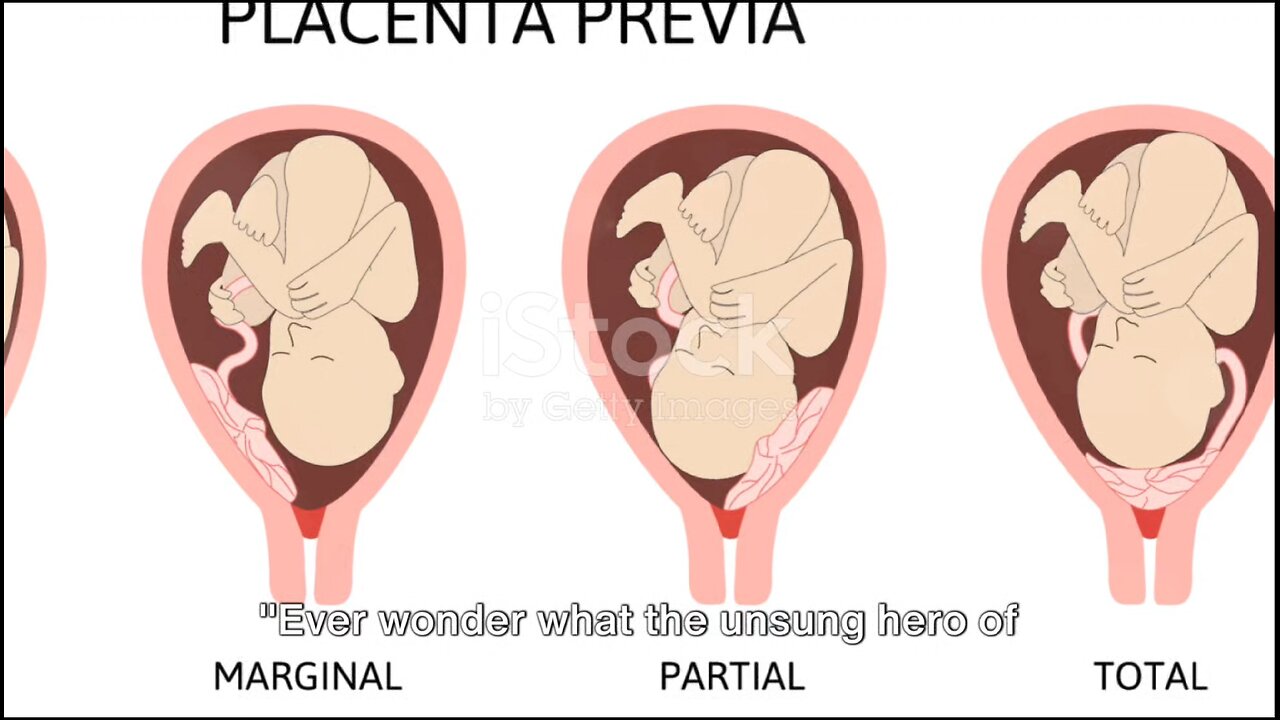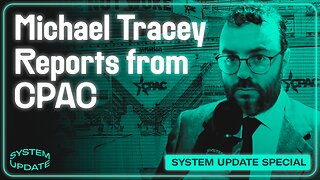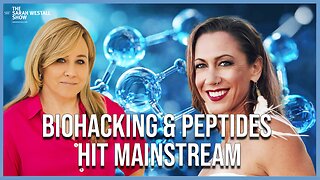Premium Only Content

The development of Placenta
The placenta is a vital organ in the development of mammals, playing a crucial role in supporting the growth and well-being of the developing fetus. Let's take a brief look at the stages of placental development:
1. **Formation during Pregnancy:**
- The development of the placenta begins shortly after fertilization when the fertilized egg (zygote) undergoes multiple cell divisions and forms a blastocyst.
- The blastocyst then implants itself into the uterine lining, and a structure called the trophoblast differentiates from it.
2. **Formation of Chorionic Villi:**
- The trophoblast develops into chorionic villi, finger-like projections that extend into the uterine wall. These villi play a crucial role in establishing a connection between the developing embryo and the mother's blood supply.
3. **Amniotic Sac and Yolk Sac:**
- Simultaneously, the amniotic sac and yolk sac form to provide protection and nourishment to the developing embryo.
4. **Placental Development:**
- The chorionic villi continue to grow and invade the uterine lining, forming the basis of the placenta.
- The placenta consists of maternal and fetal components. Maternal blood surrounds the chorionic villi, allowing the exchange of nutrients, oxygen, and waste products between the mother and the fetus.
5. **Structural Development:**
- As pregnancy progresses, the placenta undergoes structural changes, adapting to the increasing demands of the growing fetus.
- Blood vessels develop within the chorionic villi, forming a complex network that facilitates efficient nutrient and gas exchange.
6. **Endocrine Function:**
- The placenta also serves as an endocrine organ, producing hormones such as human chorionic gonadotropin (hCG), progesterone, and estrogen. These hormones play crucial roles in maintaining pregnancy and supporting fetal development.
7. **Maturation and Functionality:**
- By the end of the first trimester, the placenta is well-developed and fully functional. It continues to grow and adapt throughout pregnancy to meet the changing needs of the developing fetus.
8. **Delivery and Postpartum:**
- After childbirth, the placenta is expelled during the delivery of the baby. This process is known as the third stage of labor.
- The removal of the placenta marks the completion of its role in supporting fetal development.
In summary, the development of the placenta is a dynamic and intricate process that involves the formation of chorionic villi, establishment of maternal-fetal blood circulation, and adaptation to the changing needs of the developing fetus throughout pregnancy.
-

FreshandFit
7 hours agoAfter Hours w/ Girls
86.6K57 -
 2:33:58
2:33:58
TimcastIRL
9 hours agoDan Bongino ACCEPTS Deputy FBI Director, SECRET NSA CHATS EXPOSED w/Joey Mannarino | Timcast IRL
146K78 -
 1:09:33
1:09:33
Glenn Greenwald
14 hours agoMichael Tracey Reports from CPAC: Exclusive Interviews with Liz Truss, Steve Bannon & More | SYSTEM UPDATE #412
101K80 -
 56:02
56:02
Sarah Westall
10 hours agoBiohacking & Peptides: Weight loss, Anti-Aging & Performance – Myth vs Reality w/ Dr. Diane Kazer
45.3K14 -
 11:22
11:22
Bearing
20 hours ago"Anxious & Confused" Federal Workers FREAK OUT Over DOGE Efficiency Email 💥
72.9K65 -
 1:31:20
1:31:20
Flyover Conservatives
1 day agoUS STOCK MARKET: Sinking Ship - Dr. Kirk Elliott; How I Fought Back Against Woke Schools & Stopped Gender Bathrooms - Stacy Washington | FOC Show
67.7K3 -
 1:08:09
1:08:09
Donald Trump Jr.
15 hours agoFBI Dream Team, Plus Taking Your Questions Live! | Triggered Ep.219
213K281 -
 7:32:37
7:32:37
Akademiks
14 hours agoDrake and PartyNextDoor '$$$4U' Album Sells 250K first week. BIG AK IS BACK.
124K18 -
 3:12:08
3:12:08
MyronGainesX
13 hours ago $32.56 earnedDan Bongino Named FBI Deputy Director, Trump Meets Macron, And More!
100K32 -
 3:12:31
3:12:31
vivafrei
13 hours agoBarnes Live from Seattle - Defending Benshoof in a Case that is CRAY CRAY!
166K53